-
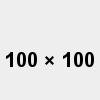 Surgery Hands Gloves
1 ×
$940.00
Surgery Hands Gloves
1 ×
$940.00
-
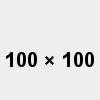 D-Ribose Drug Medicine
1 ×
$899.00
D-Ribose Drug Medicine
1 ×
$899.00
-
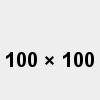 CAD Dentistry Prosthesis
1 ×
$756.00
CAD Dentistry Prosthesis
1 ×
$756.00
-
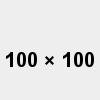 Surgery Safety Mask
1 ×
$723.00
Surgery Safety Mask
1 ×
$723.00
-
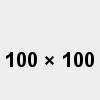 Infrared Thermometers
1 ×
$1080.00
Infrared Thermometers
1 ×
$1080.00
Subtotal: $4398.00


